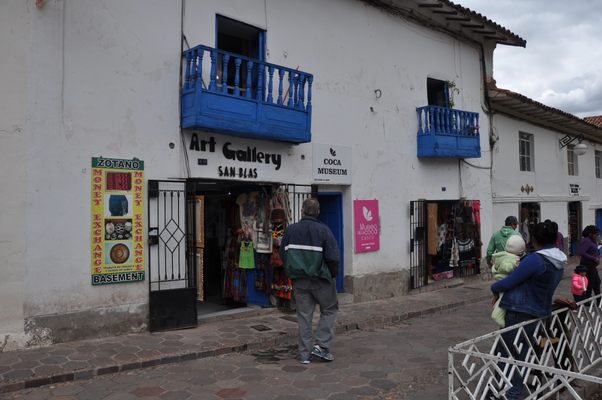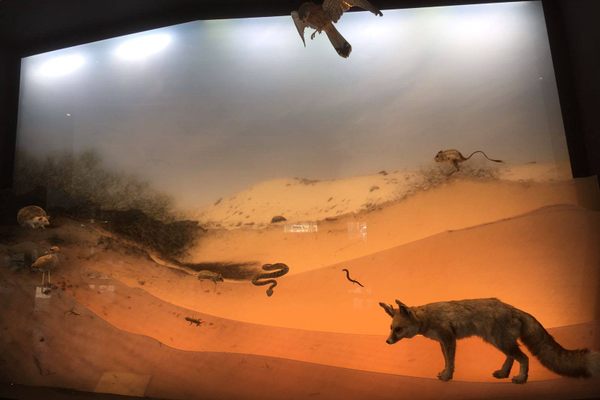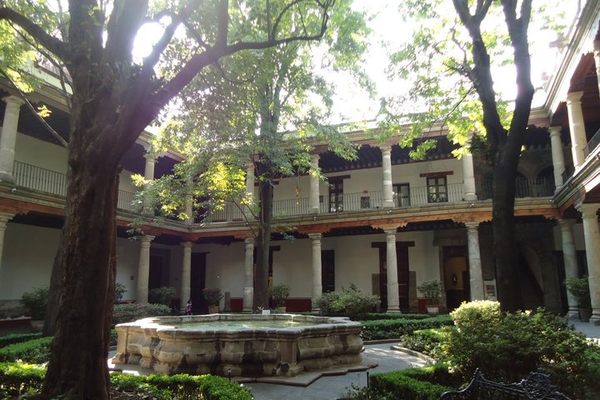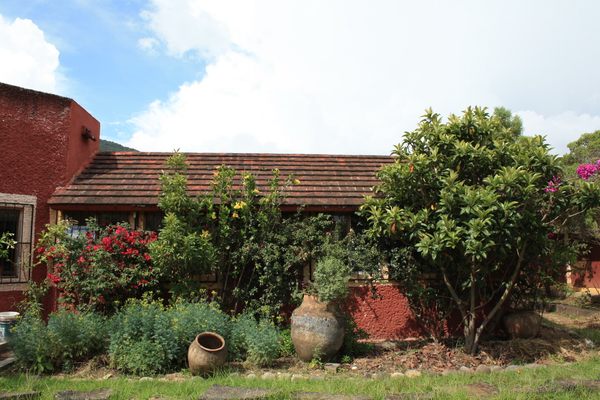About
Andean cultures have cultivated coca for thousands of years. The history of the plant’s use is rooted in the pre-Columbian civilizations that stretched across the mountainous ranges of South America, long before the arrival of the white powdery drug that gave the plant worldwide recognition.
People traditionally chewed coca leaves for nutritional and religious reasons. Workers and warriors alike would carry it between their teeth because they believed the plant could ward off hunger and bolster stamina. Coca was also known to have medicinal properties and was used to treat a wide variety of ailments ranging from altitude sickness to dehydration to broken bones.
The arrival of the Spanish introduced coca to the wider world. But it was the invention of cocaine in the 19th century that gave the plant its claim to fame. Coca itself is harmless—it’s the chemical process of isolating its main alkaloid to form cocaine that makes the drug toxic. Even Coca-Cola owes its name and existence to the plant; coca leaves were used as a flavoring agent.
Coca is still an important part of modern Andean cultures. People chew the leaves or steep them to form a potent tea. Because it’s toted as an antidote to altitude sickness, it’s fairly common to see tourists sipping coca tea in an attempt to acclimate to Cusco’s elevation or power up before trekking the Inca Trail (just note: after ingesting any coca tea, drug tests will be positive for cocaine).
The Coca Museum contains art, pictures, artifacts and information that reflect the plant’s importance to past and present Andean peoples. After touring the museum, visitors can stop by a gift shop stocked with everything from coca chocolates to teas to liquors.
Related Tags
Know Before You Go
The museum is on San Blas square. It's a tiny doorway that is easily overshadowed by the neighboring tourist shops (look for the small sign above the door).
Peru: Machu Picchu & the Last Incan Bridges
Discover Inca Wonders.
Book NowPublished
July 12, 2017
Sources
- https://www.tripadvisor.com/Attraction_Review-g294314-d2320759-Reviews-Museo_De_La_Coca-Cusco_Cusco_Region.html
- https://www.afar.com/places/cusco-coca-museum-cuzco
- http://www.cocamuseum.com/history-of-the-coca-plant/
- https://www.deamuseum.org/ccp/coca/history.html
- https://www.hindawi.com/journals/emi/2016/4048764/
- https://www.yachana.org/teaching/students/webpages/andean2k/cocaine/history.html
- http://culturelocker.com/story/2013/Peru-coca.html
- http://www.nytimes.com/1988/07/01/business/how-coca-cola-obtains-its-coca.html
- https://en.wikipedia.org/wiki/Coca
- http://www.medicinehunter.com/coca
- https://books.google.com/books?id=6WQoAAAAYAAJ&pg=PA150&lpg=PA150&dq=coca+spanish+invaders+in+peru&source=bl&ots=K_BonLjBcV&sig=w0Jm3t_Q2C8DVRjm1rLBCDVrV-s&hl=en&sa=X&ved=0ahUKEwijnMf3hfXUAhVLFz4KHZYGDuIQ6AEIUzAJ#v=onepage&q=coca%20spanish%20invaders%20in%20peru&f=false
- https://en.wikipedia.org/wiki/Coca-Cola_formula
- https://www.ncbi.nlm.nih.gov/pubmed/17091055




























